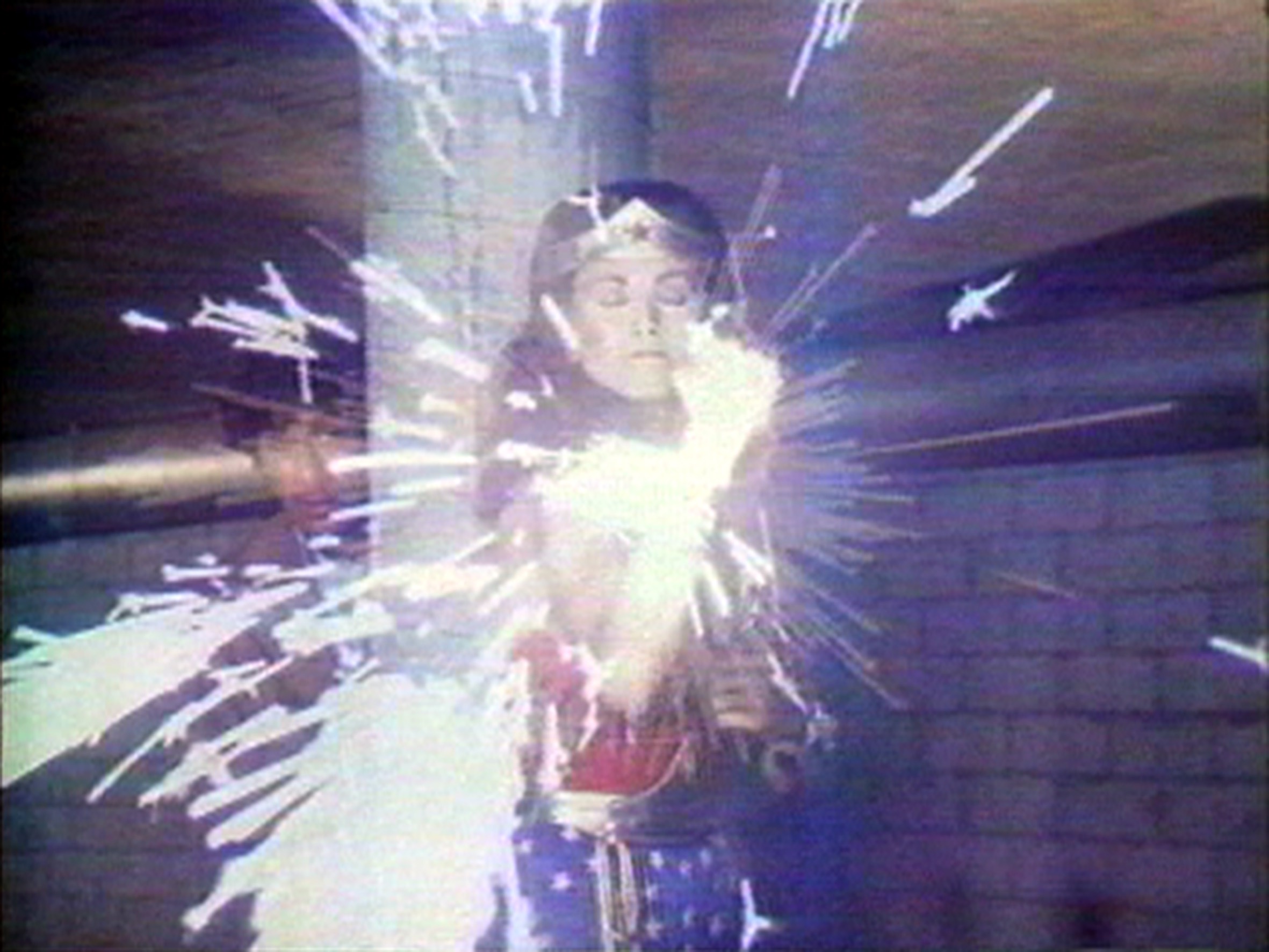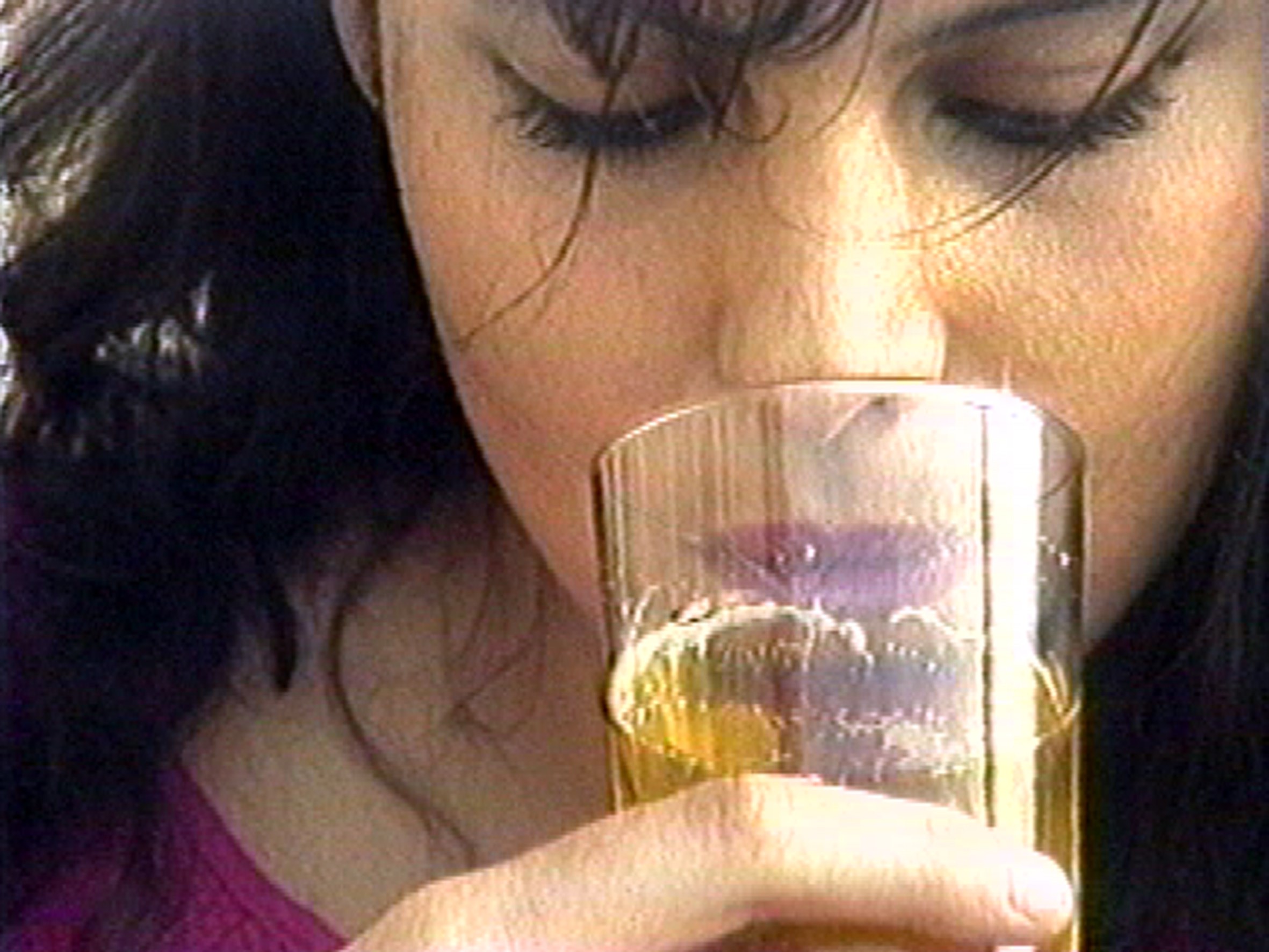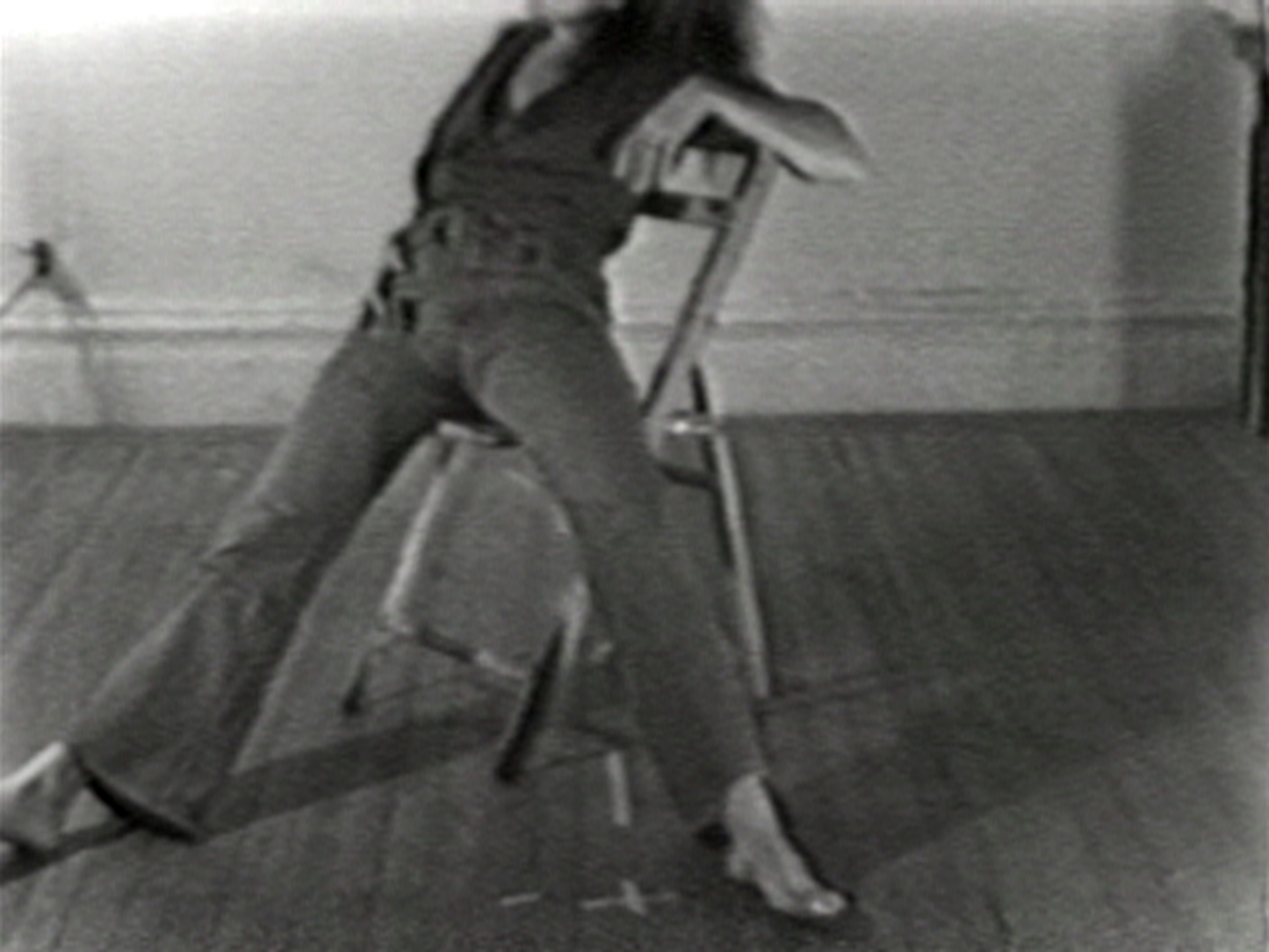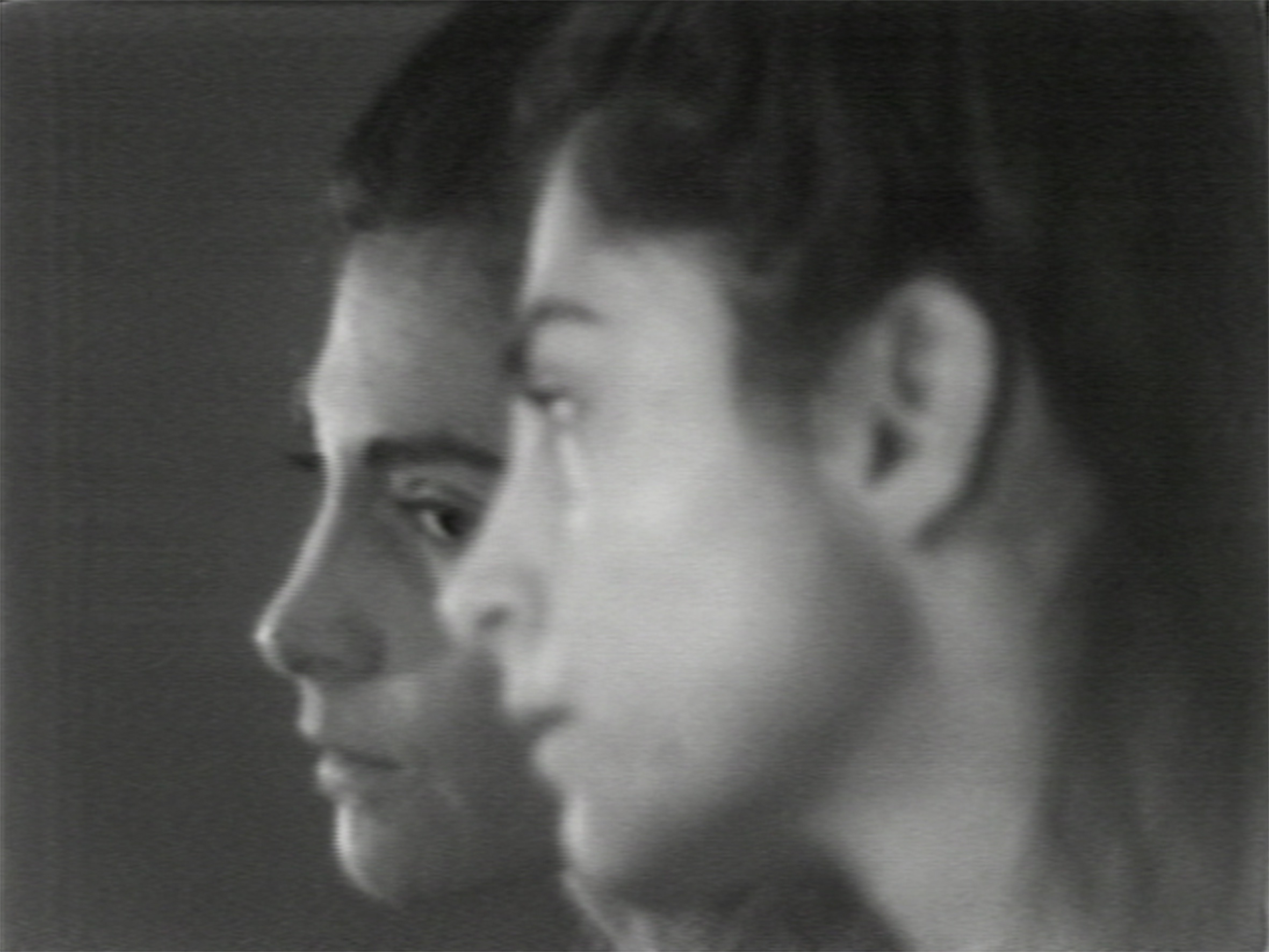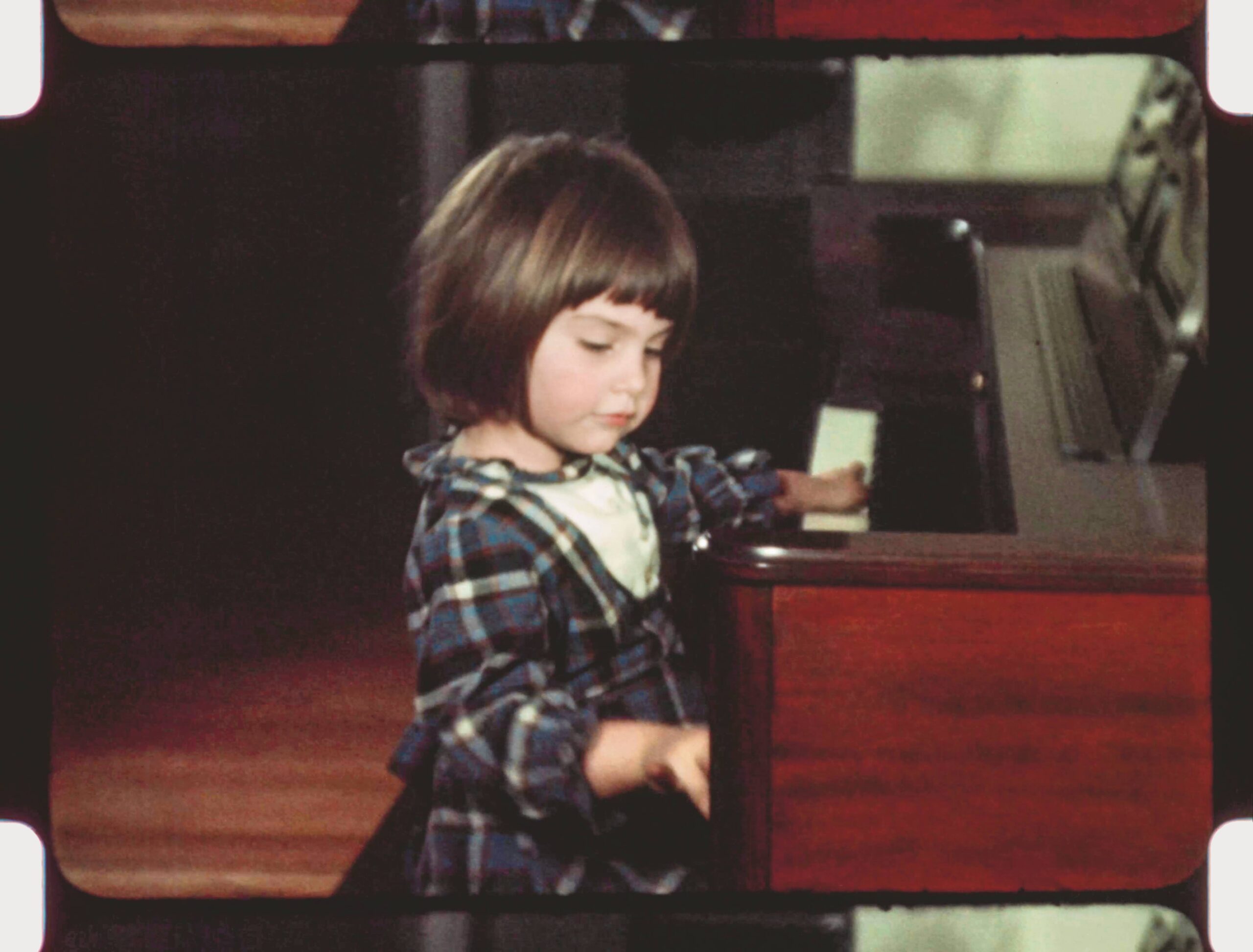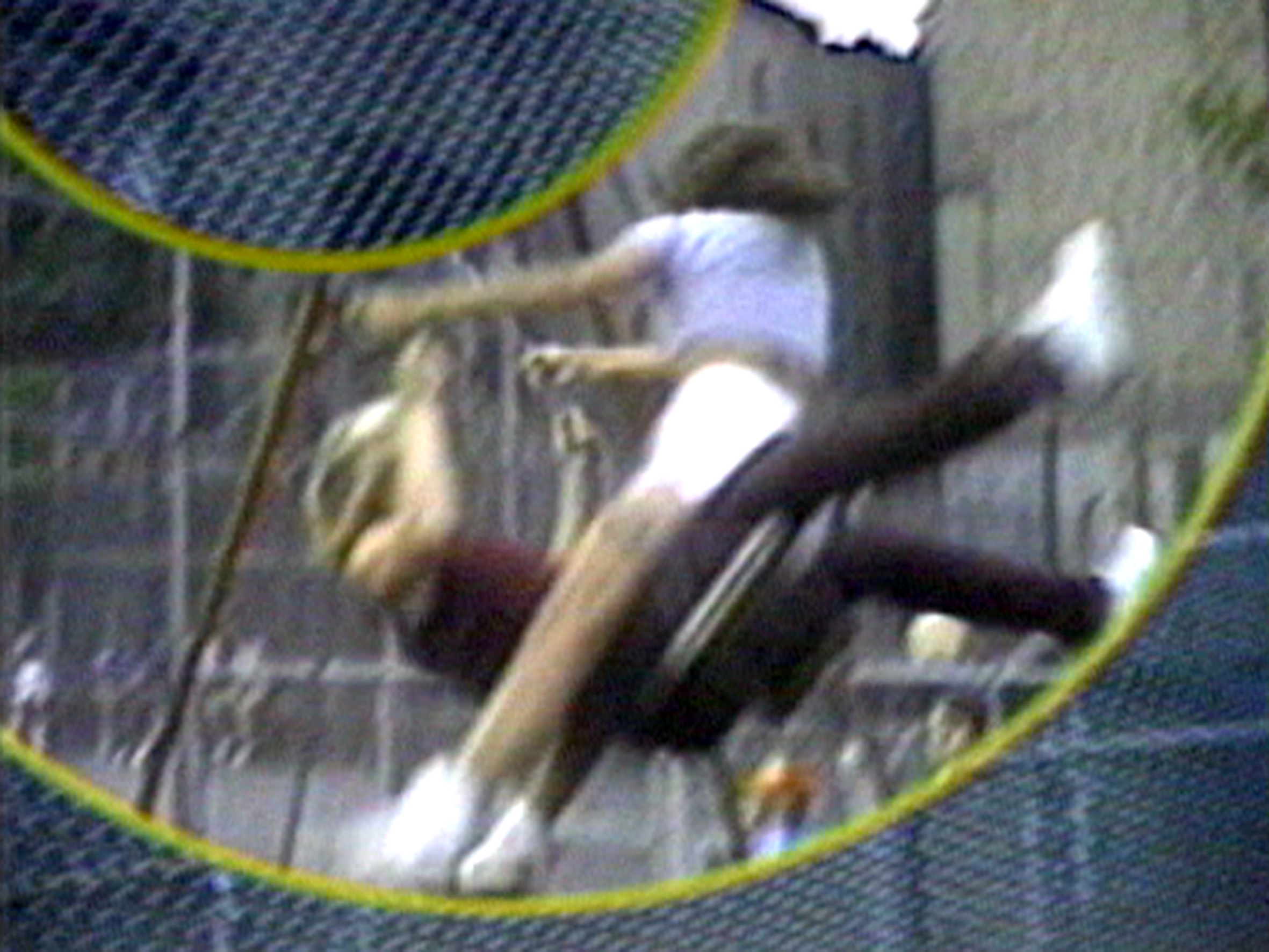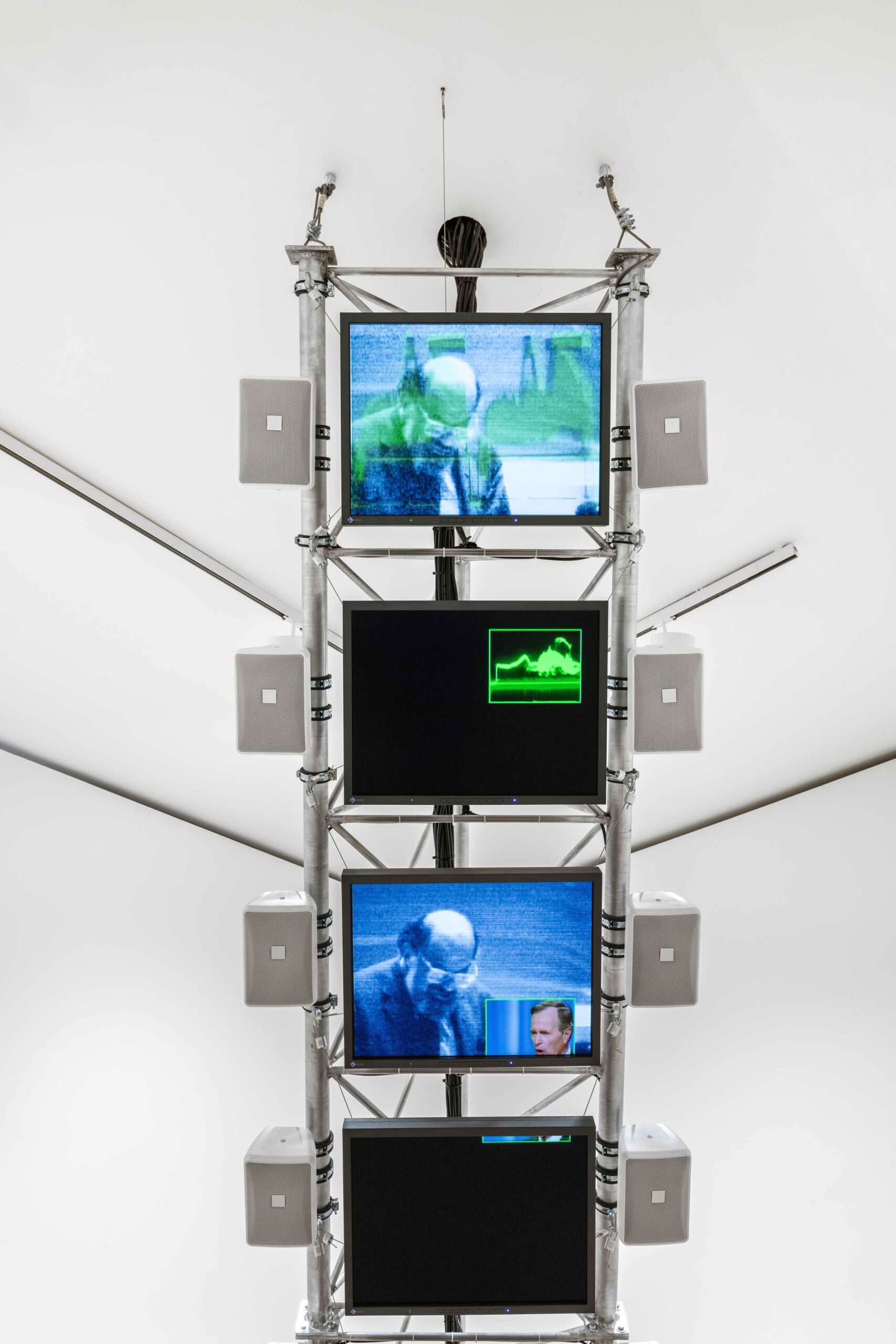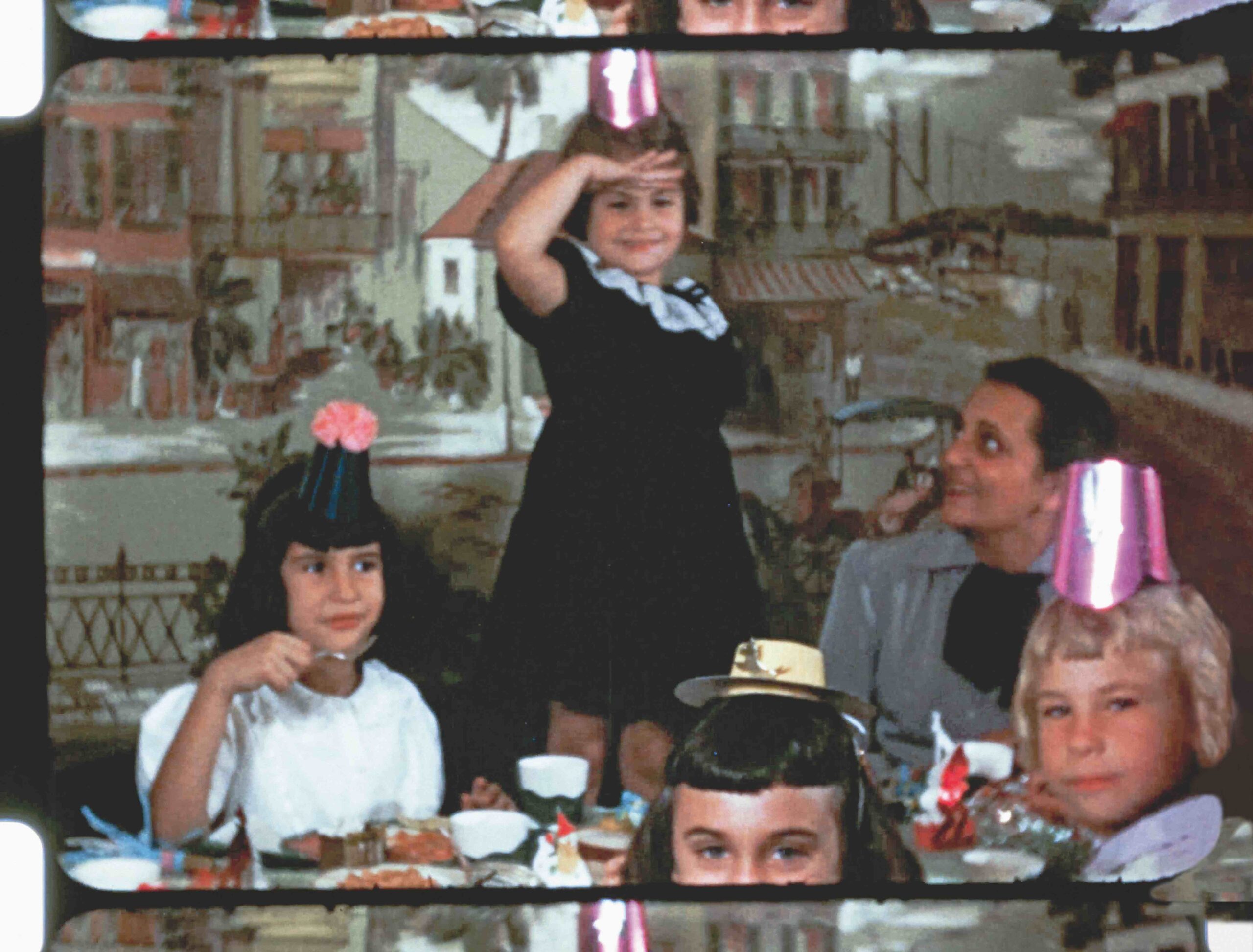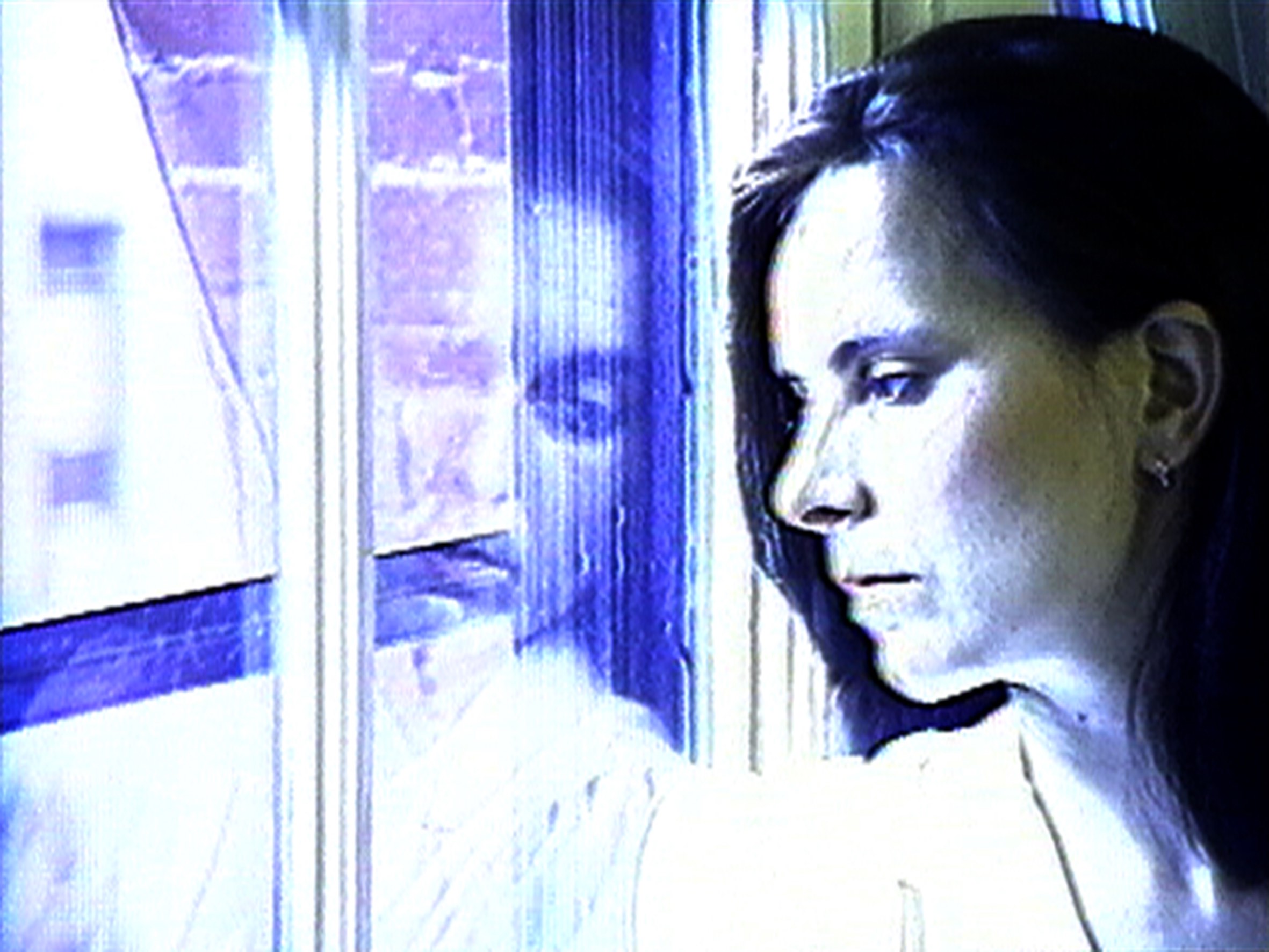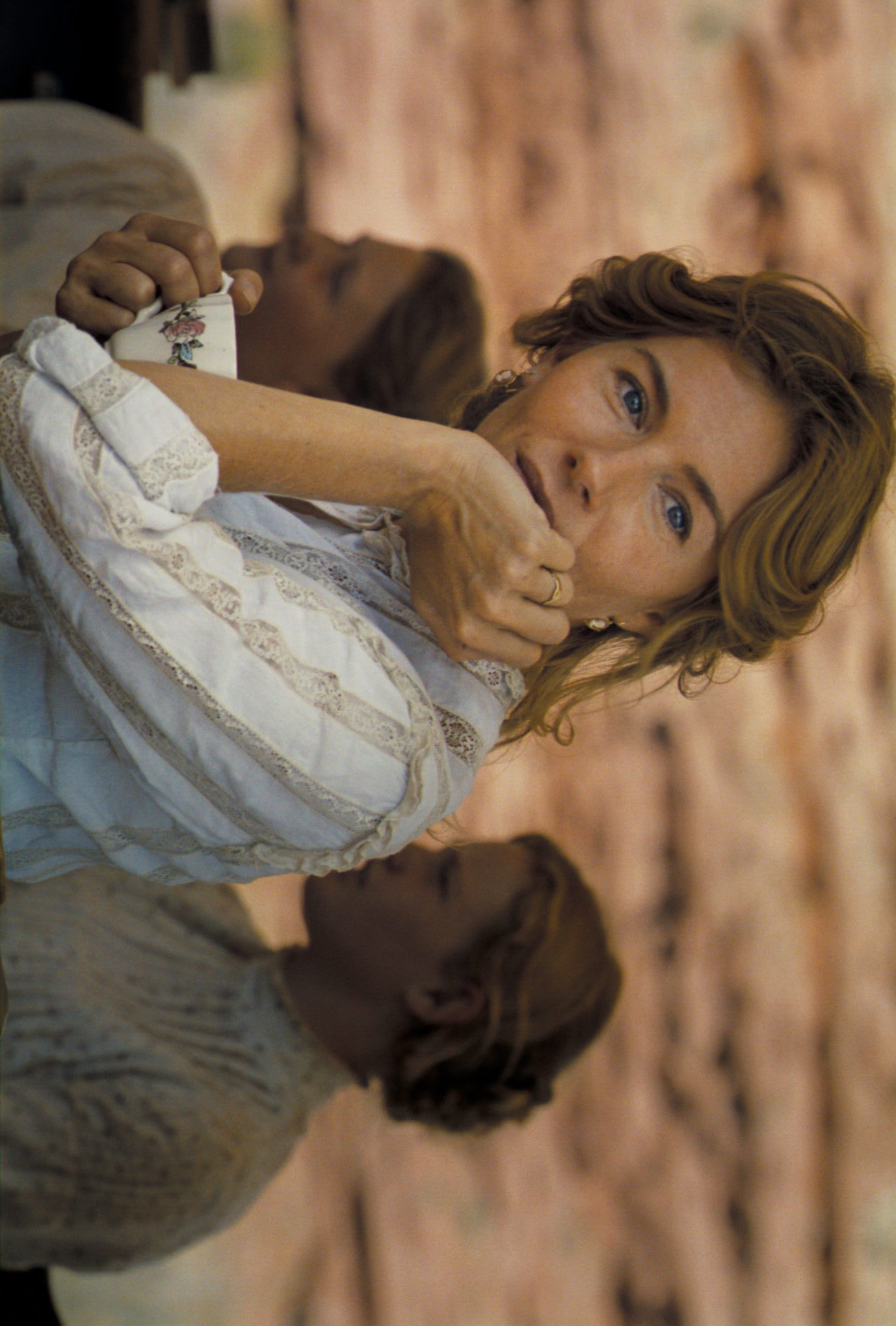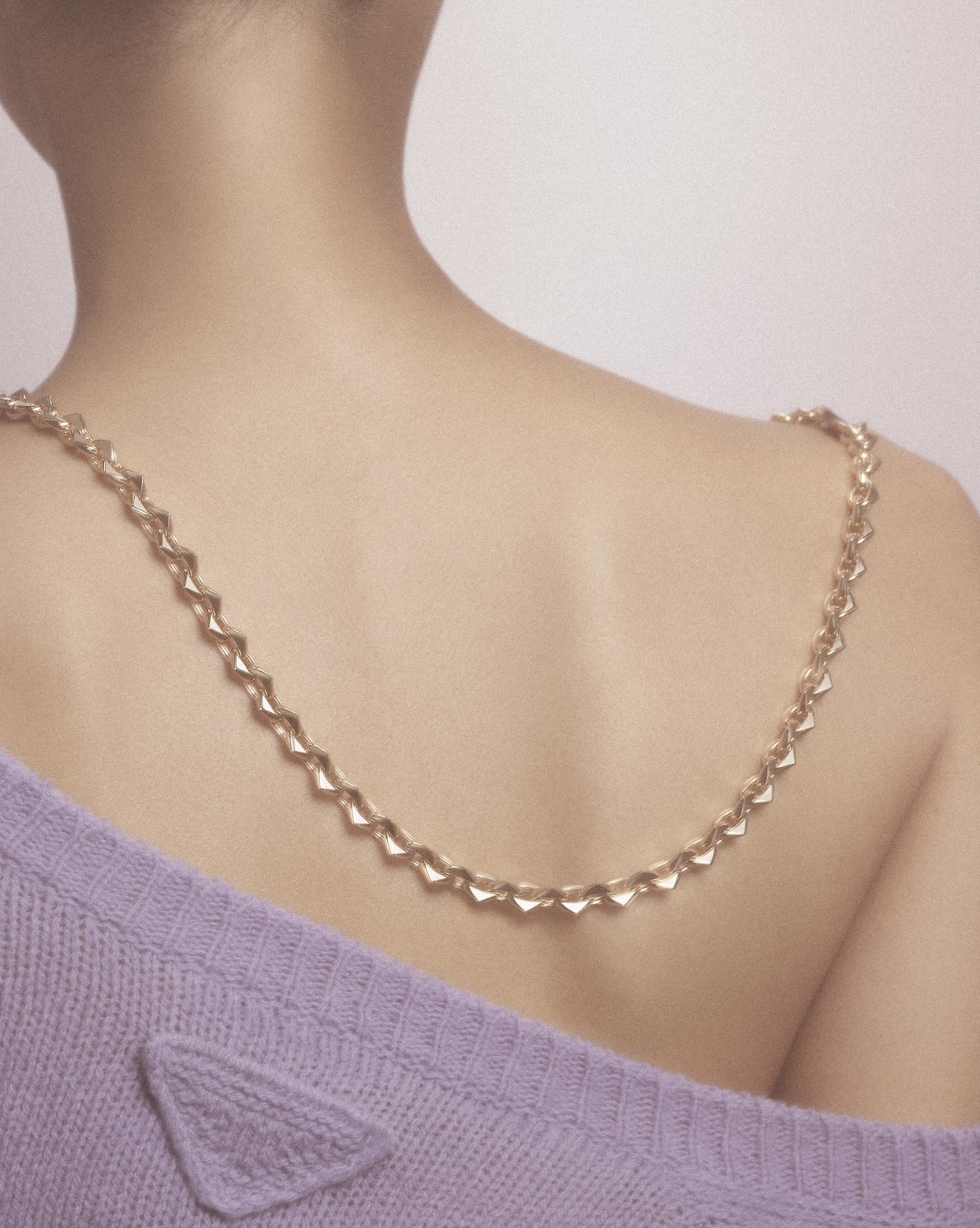In the Seventies she appropriated images, in the Eighties she stole them, and in the Nineties she sampled them. Dara Birnbaum makes pioneering use of video, media and installations, referring to the ideological and aesthetic character of the media imaginary of the last forty years. She is among the first artists to conceive complex and innovative projects that melt images from different sources, combining large-scale photographs and three-dimensional elements: her strong visual aesthetics arrange the artist always a few steps ahead, confirming her work at the center of the history of media art. The Osservatorio of Fondazione Prada presents an anthological exhibition dedicated to Dara Birnbaum that traces her work and artistic practice through the different decades that have helped establish her figure. The space destined to the artist is devoted to experimentation with visual languages and research into the possible intersections and collisions between technology and various cultural expressions, showing the public a comprehensive, yet complex panorama that explores the artist’s character in depth. Birnbaum has been able to renew and transform herself with the flow of time, with the changes around her and with the succession of generations, varying the tools and terminologies that have made her work contemporary and innovative. The exhibition delves into the artist’s history and ideology through video, audio works, installations, photographs and 3D prints. The exhibition explores her ability to discover cultural point of contact between videoart, television and consumer technologies, while investigating themes such as gender bias in the representation of women in popular culture.
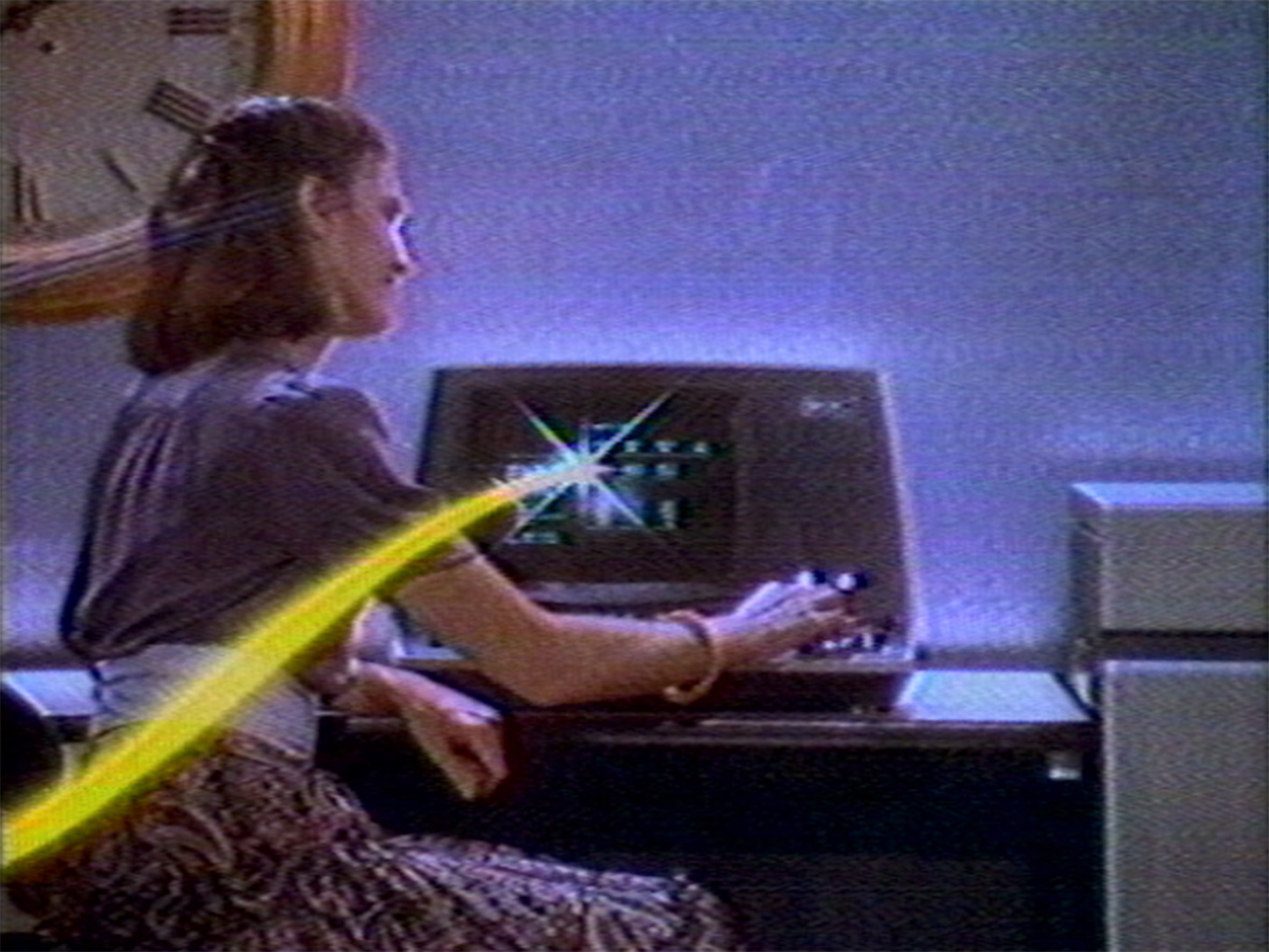
Dara Birnbaum works organically. For her, updating has meant staying on top of emerging technologies as she also continued to further her interest in music and women’s rights.
In the 1970s Birnbaum makes personal some images of film and television using a completely new approach: she remains faithful to the concept of video but criticizes its commercial aspect with her own language. Television programs are subjected to in-depth analysis, transforming them into a series of works that depart from the conventional codes of television representation. One of the artist’s earliest and best-known works, Technology/Transformation: Wonder Woman is a video made by editing scenes from the Wonder Woman program, pointing out how the mass media alternates heroic female representations with trivial and vulgar images. The artist, who sees the popular character as a purely male creation in a male-dominated industry, reverses the roles of the man and the heroine and deconstructs the codes of television by subjecting them to a veritable contestation.
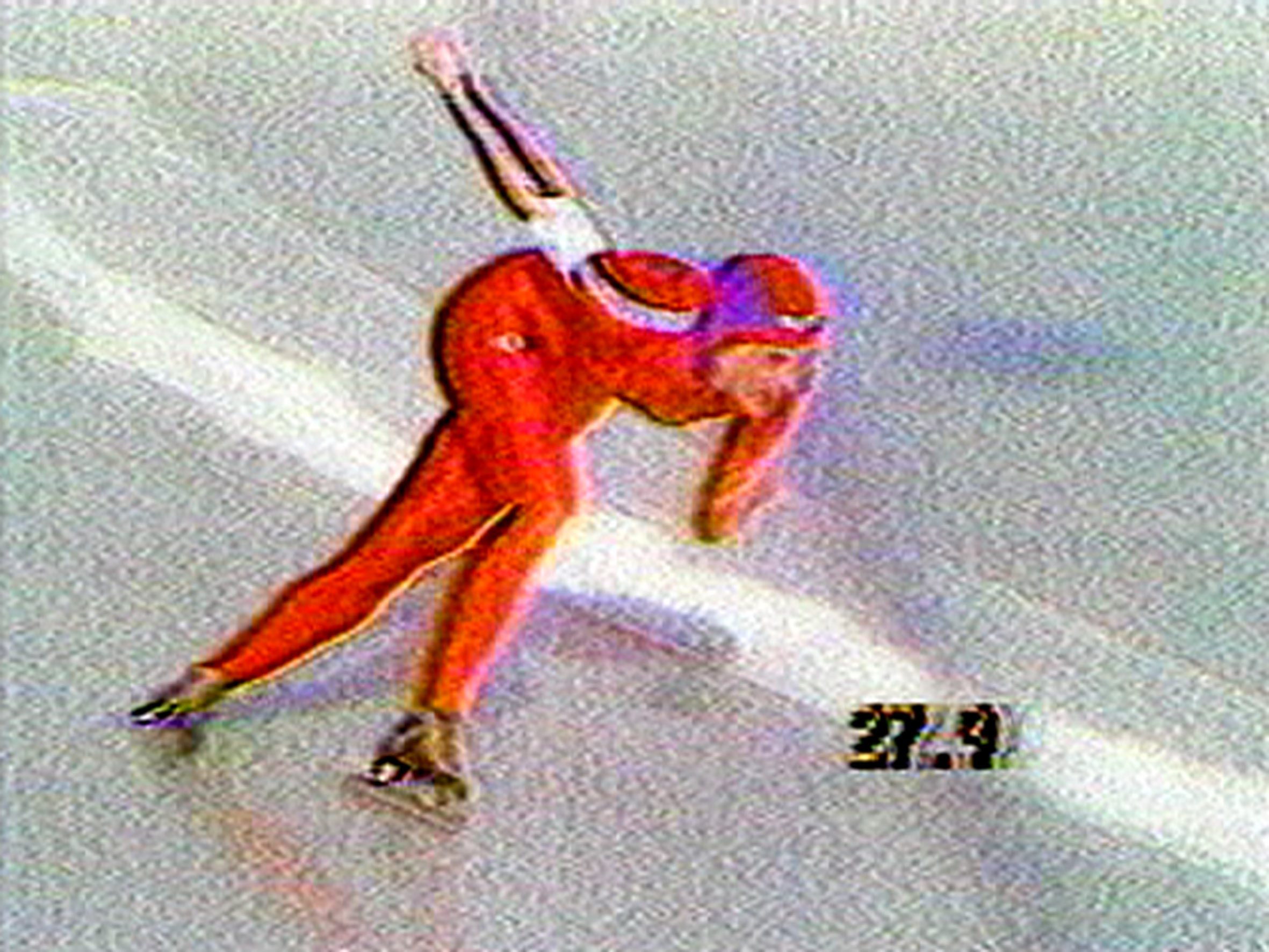
Continuing chronologically, six single-channel videos are divided into thematic pairs to investigate three fundamental aspects of Birnbaum’s research: the first delve into the separation between the body and its representation through camera manipulations, others are made in collaboration with musicians to generate provocative dynamics, and the last critique the economics of the representation of sexuality and consumerism. The 1970s are characterized by a strong interest in the language of television, investigating the latter in a way that makes society reflect, showing sides of the popular image that may escape the masses. In the 1980s, on the other hand, the artist focuses more on using analog video to document musical performances, sometimes assembled with frame-in-frame compositions to show musicians and audience at the same time. He approaches the post-punk aesthetic, showing the raw intensity of the music along with close-up shots and the low-tech quality of the images, offering a comprehensive view of the cultural context of the time as well.
In the 1990s, Birnbaum depicts images that demonstrate the complexity of contemporary events, leaving open a question that prompts audiences to reflect on their own role in the digital landscape: who controls access to information and what is the point of view of the one who is interpreting it? The artist says that probably there is as much hidden as there is being shown, leaving the viewer partly unaware of the real. Quiet Disaster and Damnation of Faust Trilogy continue the analysis on different forms of media narratives: they are a series of structured images that evoke conflicting forms of social containment and individual struggles to define and express personal identity through the feminist lens. Dara birnbaum’s works demonstrate her ability to maintain the authentic aesthetic quality of early works even in the present day, when analog equipment is being replaced by high-resolution digital systems.
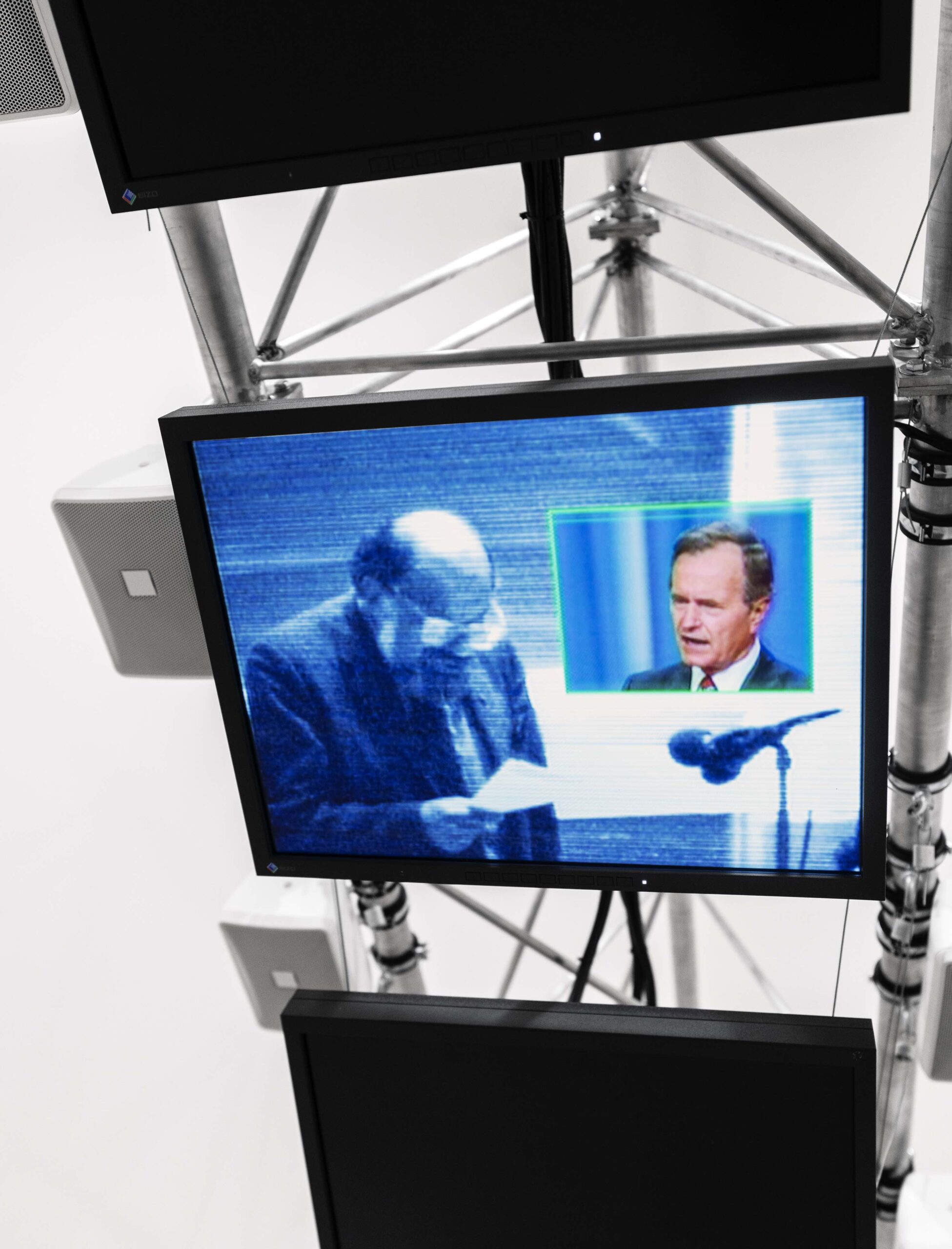
In recent years, the artist’s investigation moves in a new direction, autobiography: Journey: Shadow of the American Dream, her most recent work exhibited at Fondazione Prada, is an installation that explores memory, particularly the postwar period that marked her childhood. The artist feels the need to share part of his reality with the viewer, showing what it meant to grow up in a time when the American Dream was used as a weapon. At the center of the installation we see his more personal and autobiographical side: a few movies shot by his father documenting the artist’s first steps, birthdays and family celebrations. Childhood is the territory of memory that affects later events, individual memory, until they become anticipations of the present. Dara Birnbaum prompts the viewer to reconsider the importance and impact that one’s memories have on current actions, looking back and forth in time. The exhibition is a journey to learn in depth about the artist and her exceptional work, to reflect on the themes presented, and to explore the art of mass media.
For further information fondazioneprada.org.
